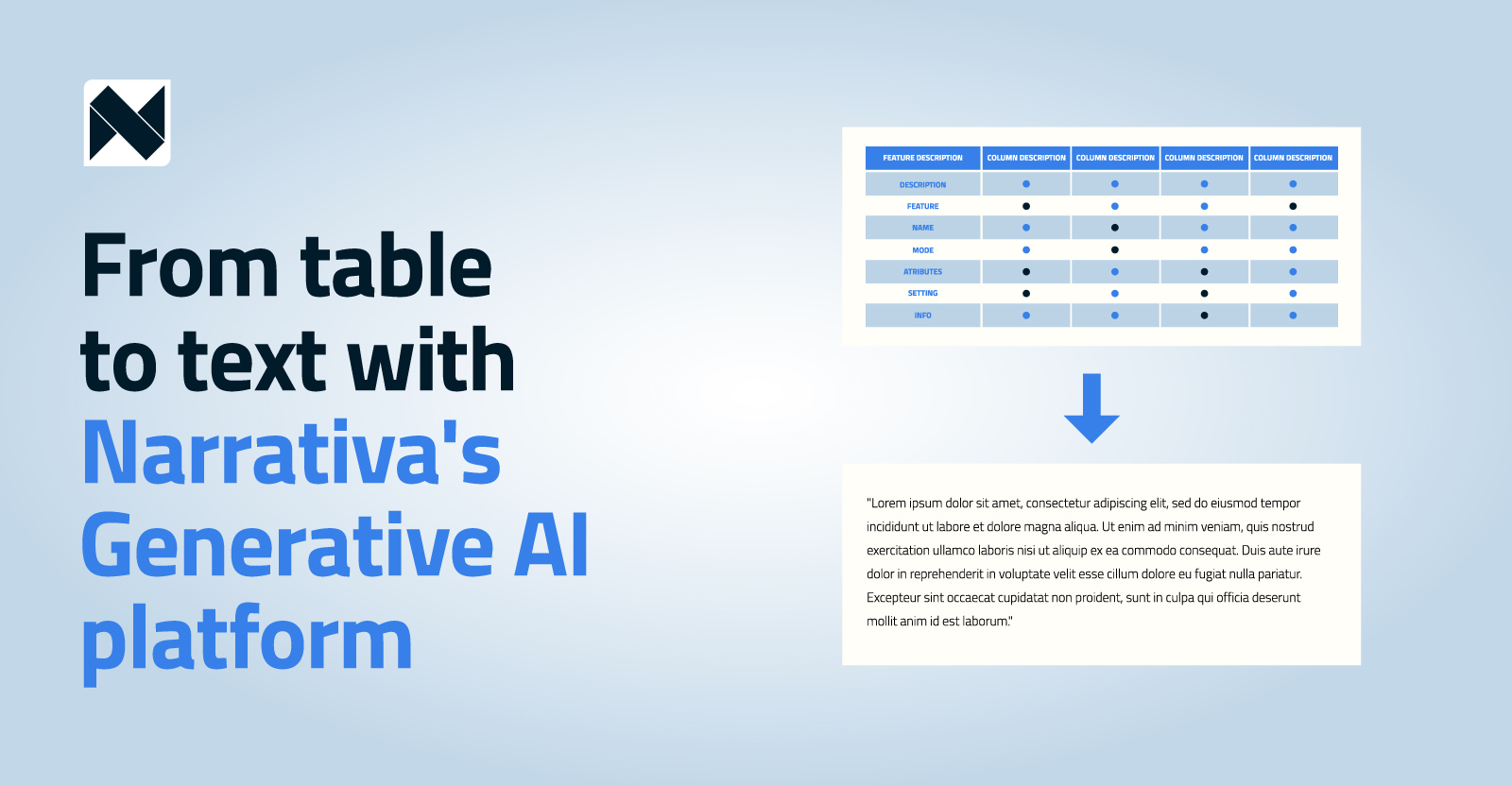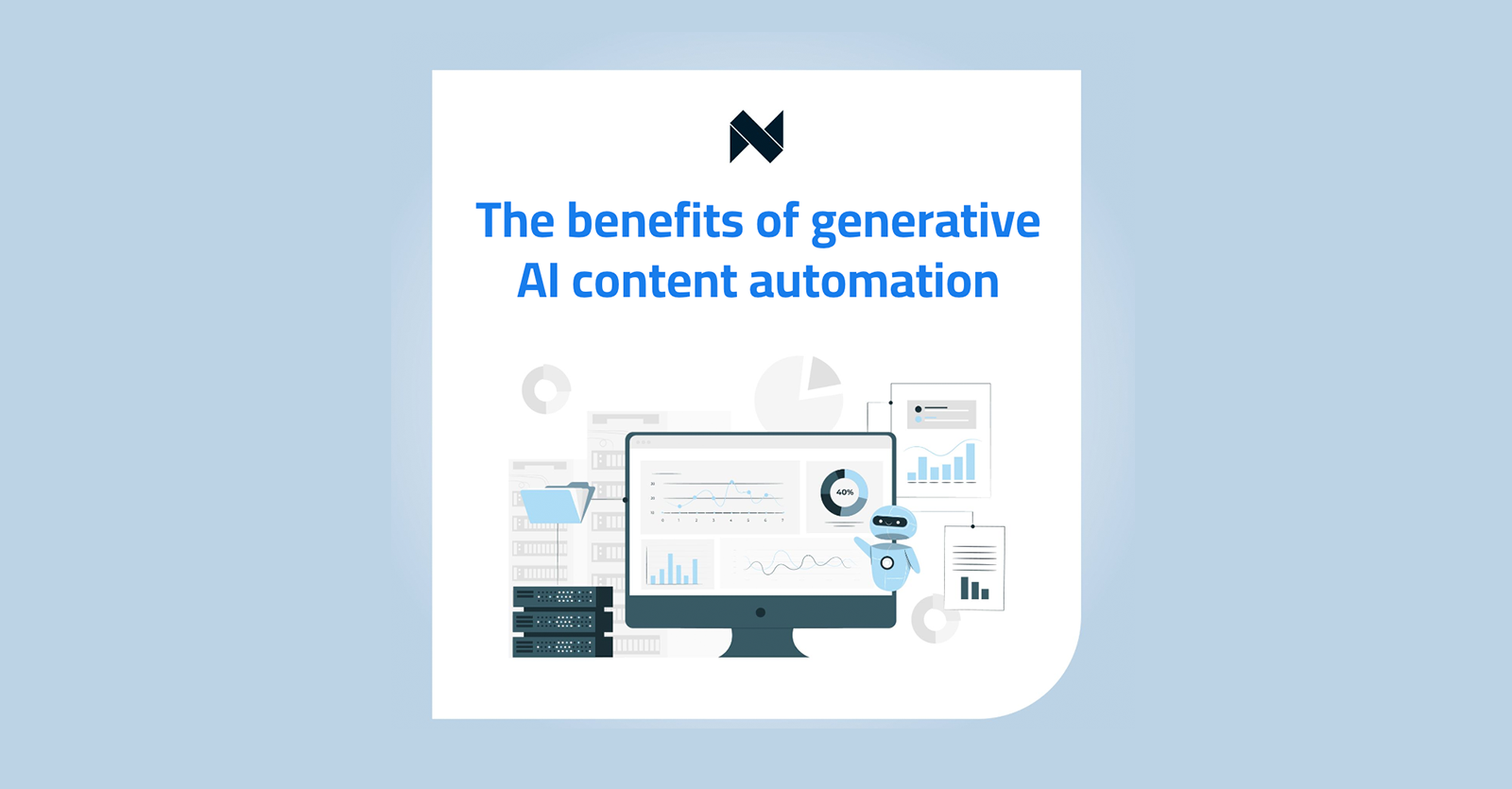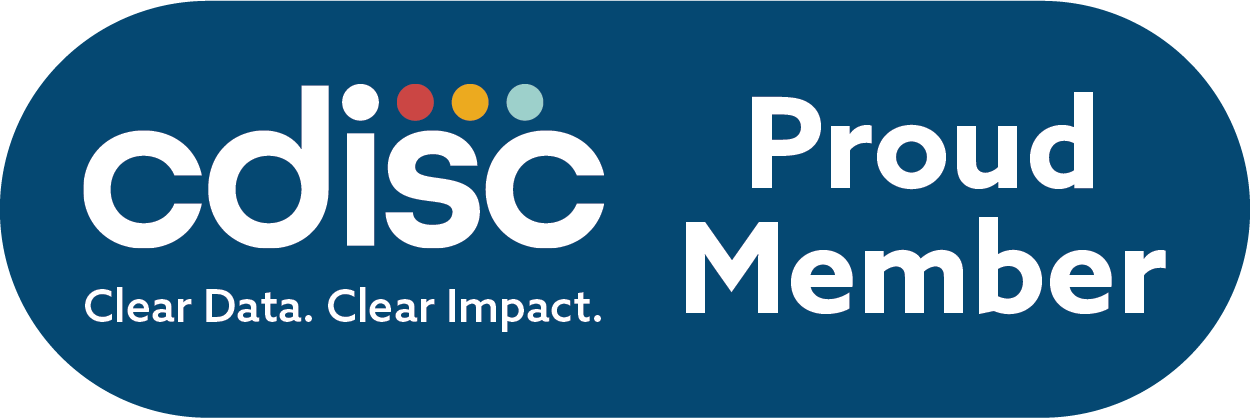January 13, 2021
What is Natural Language Generation (NLG)?
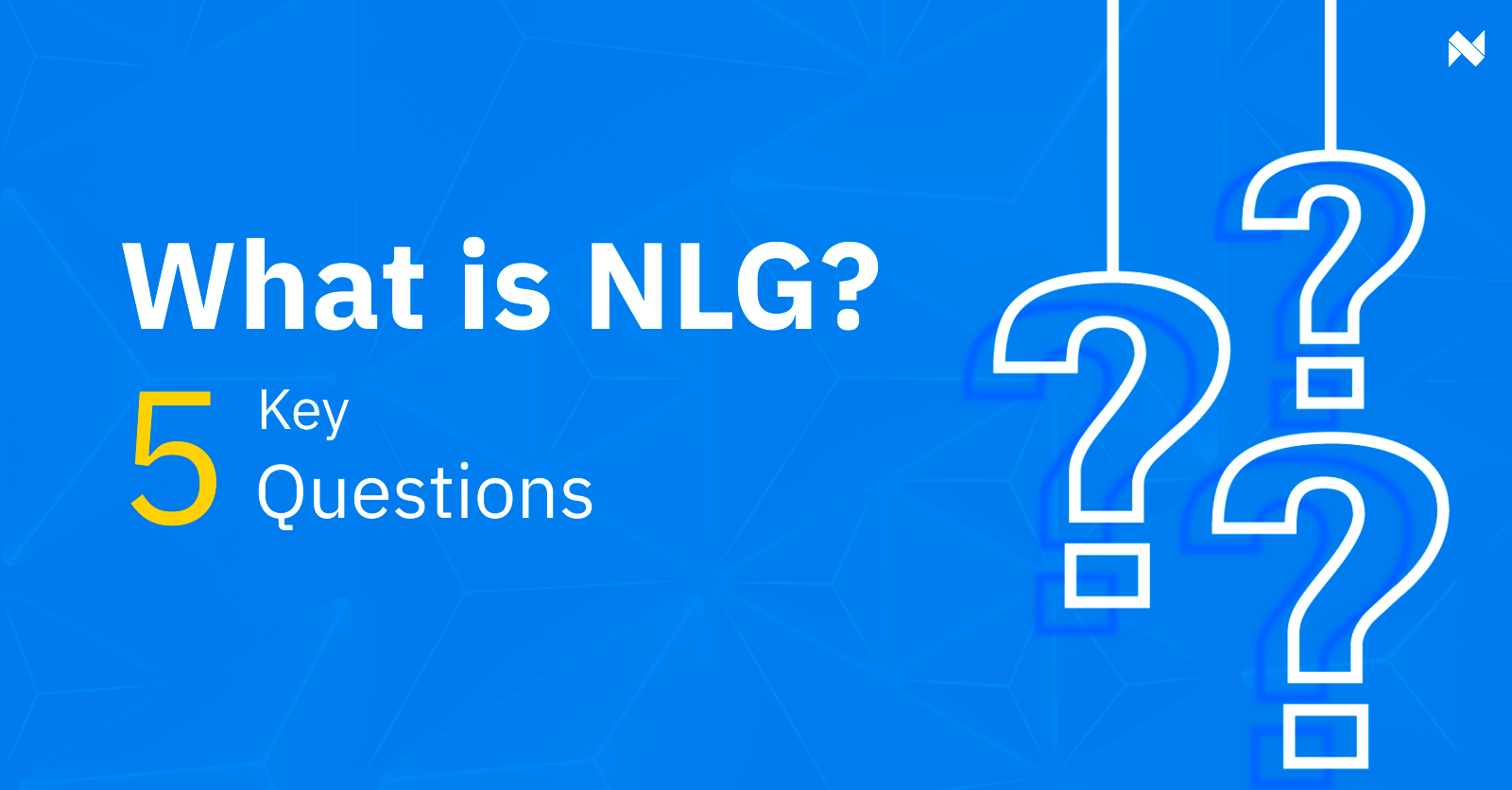
By Sofía Sánchez González
What is Natural Language Generation (NLG)? We answer five key questions about NLG.
1. What is Natural Language Generation (NLG)?
Natural Language Generation, or NLG, is a subfield of artificial intelligence. It can extract and process large amounts of data and then share that information using human-sounding language. That is to say, the technology tells a story in the same way as a person would. Pretty amazing, right?
Imagine your boss asks you to take an Excel document with thousands and thousands of data points, extract the most relevant information and put it into a report. You’d spend hours and hours combing through the data and trying to find the highlights. Natural Language Generation can do it in seconds; composing sentences and entire paragraphs with the most relevant insights.
But it doesn’t just generate reports, it is also useful for real life. And this brings us to our next question.
2. Where can we find NLG in real life?
You might think that this type of technology is not present in our day-to-day life. Nothing could be further from the truth. When you do all these things you are in contact with NLG:
- Online shopping. Product descriptions can be written automatically using NLG.
- Talking to Alexa. When we interact with our voice assistant, NLG technology is used to respond to our requests.
- Playing video games. Call of Duty generates weekly game summaries thanks to natural language generation.
So, it’s likely that you may have already interacted with Natural Language Generation without realizing.
3. What can NLG do for companies?
The amount of data that can be generated in one minute is mind blowing. Globally, more than 150,000,000 million emails and 12 million text messages are sent every 60 seconds. Businesses have to make decisions based on data, and managing it can be very difficult.
Companies need to analyze and interpret this huge amount of data in the most efficient and cost-effective way possible. Artificial intelligence through Natural Language Generation can provide a solution for this, by extracting ideas and communicating them in natural language.
In this way, employees can spend their time on tasks with greater added value and leave those that are repetitive and tedious to the technology. These kinds of tasks do not enhance their creativity and can lead to frustration.
Ultimately, this solution serves to relieve the workload, increasing productivity and efficiency without involving employees in tasks that can be easily automated.
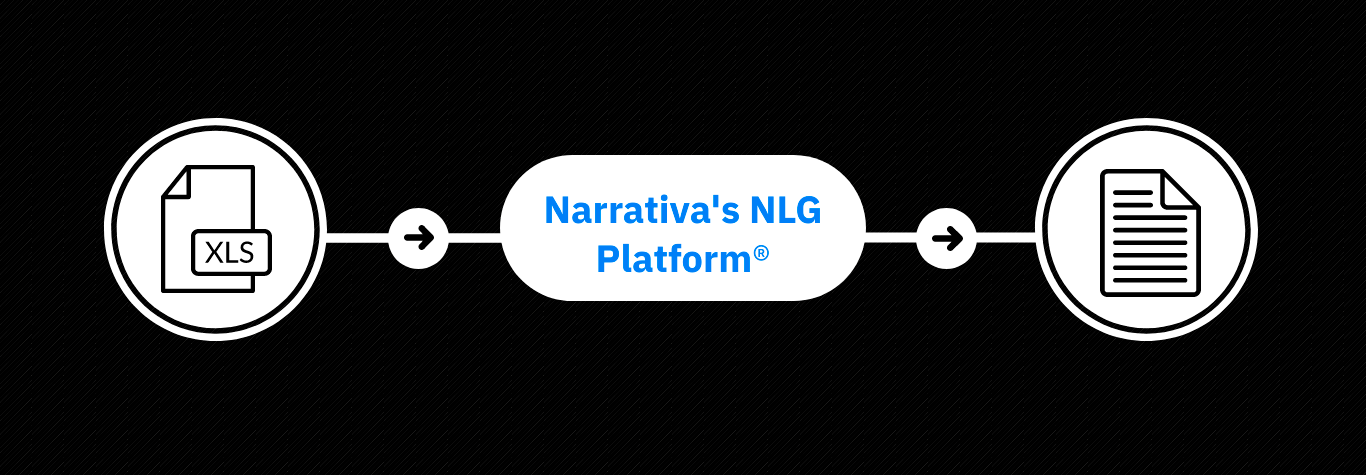
4. What is the future of the NLG?
Every year there is more progress in the world of natural language generation. In 2020, OpenAI surprised us with its GPT-3 model, a technology capable of programming and talking.
So, it seems that the world of natural language generation is advancing in leaps and bounds and is increasingly present in our daily lives. It is a more efficient way of communicating content to people.
5. Is NLP the same thing as NLG?
In Narrativa, we have already talked about Natural Language Processing or NLP. But NLG and NLP are not the same. While NLP analyzes a conversation and finds out what ideas are being communicated, NLG extracts the most important ideas from the data and shares them using natural language.
NLP takes care of the reading while NLG‘s job is to write.
6. What is the difference between NLG and Generative AI?
NLG (Natural Language Generation) is a type of AI that turns data into text, like reports or weather summaries. It usually follows rules or templates.
Generative AI is a broader type of AI that creates new content, like text, images, or music. It’s more flexible and creative.
🔹 NLG = Makes text from data
🔹 Generative AI = Creates all kinds of content
NLG is just one part of generative AI, focused on text.
6. Can NLP and NLG be used by the Life Sciences Industry to help in regulatory documentation and submission?
Yes, Narrativa’s NLP and NLG technologies have been utilized by prominent industry leaders in the field of clinical research to automate time-consuming processes needed to create clinical study reports (CSRs), like patient safety narratives and Tables, Lists, and Figures (TLFs).
When tested by our partners’ medical writing teams, they reported that the outcomes produced by our solutions are similar to that of a proficient human medical writer in terms of accuracy. Also, they highlighted how Narrativa’s NLP and NLG tools saved them inordinate amounts of time, ranging from weeks to several months. They were also spared from going through endless tables and reports to create regulatory-compliant documents like the ones mentioned above. This is because our technology scans and understands complex data sets that could involve thousands of patients and millions of data points, making it a suitable solution across all phases of clinical trials.
Narrativa
Narrativa® is an internationally recognized generative AI content automation company that believes people and artificial intelligence are better together. Its user-friendly content automation platform, equipped with built-in AI agents, empowers teams of all types and sizes to create and deploy smart composition, smart business intelligence reporting, and smart process optimization content solutions for internal and external audiences alike. Narrativa® helps teams produce content quickly and at scale, all while supporting growth across a variety of industries by saving businesses time and money. Accelerate the potential with Narrativa®.
For additional information, visit www.narrativa.com and follow on LinkedIn, Facebook, Instagram, and X.
Share


